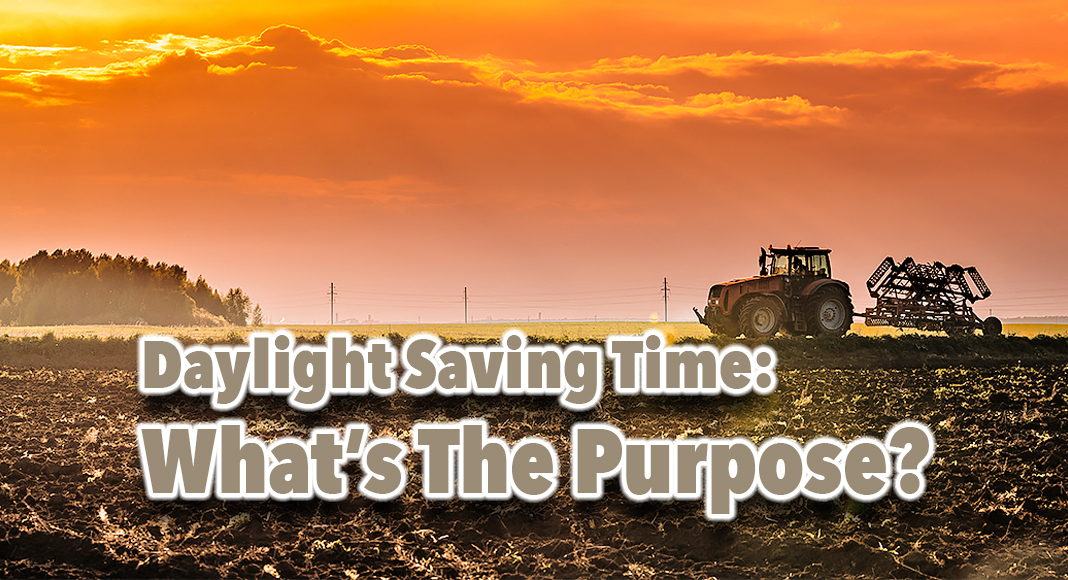
Texas Border Business
Texas Border Business
Every year, millions of Americans adjust their clocks twice—once in the spring and once in the fall—as part of Daylight Savings Time (DST). But why do we continue this tradition? Does it still serve a purpose, or is it just an outdated ritual?
Understanding Daylight Savings Time
In the United States, Daylight Saving Time begins on the second Sunday in March and ends on the first Sunday in November. In 2025, DST will start on March 9 and end on November 2. When DST begins, clocks “spring forward” one hour, meaning we lose an hour of sleep but gain an extra hour of daylight in the evening. When it ends, clocks “fall back”, giving us an additional hour of sleep but shortening evening daylight.
Why Was Daylight Savings Time Created?
The idea behind DST is to use daylight more effectively during warmer months. The concept dates back to the early 20th century and was widely adopted during World Wars I and II to conserve energy by reducing the need for artificial lighting. The idea was that longer daylight hours in the evening would decrease electricity use and encourage outdoor activities.
Does DST Still Serve a Purpose?
While energy conservation was a primary reason for implementing DST, studies today show mixed results on whether it significantly reduces electricity use. However, some benefits include:
✔ More daylight for outdoor activities – People can enjoy more time outside after work or school.
✔ Potential crime reduction – Some studies suggest that longer daylight hours can slightly decrease crime rates.
✔ Boost to the economy – Industries like retail, sports, and tourism benefit from extended daylight hours.
On the other hand, DST also has its downsides:
- Disrupts sleep patterns – Losing an hour in the spring can negatively affect sleep and overall health.
- Health concerns – Some research links the time change to an increase in heart attacks, strokes, and workplace accidents.
- DST is not universally beneficial. States like Arizona (except the Navajo Nation) and Hawaii don’t observe it because it doesn’t provide them with significant advantages.
Should We Get Rid of Daylight Savings Time?
The debate over DST continues. Some lawmakers and citizens argue that it’s outdated and unnecessary, leading to permanent daylight saving or standard time proposals. In recent years, several states have passed legislation to stop changing the clocks, but federal approval is required to make such changes official.
Daylight Savings Time remains a controversial yet persistent tradition. While it was initially designed to save energy and maximize daylight, its benefits today are debatable. Whether we keep it or abolish it, one thing is sure—twice a year, we’ll either loss or gain an hour, sparking the same debate all over again.
What do you think—should we keep DST or eliminate it for good?
See related story:














